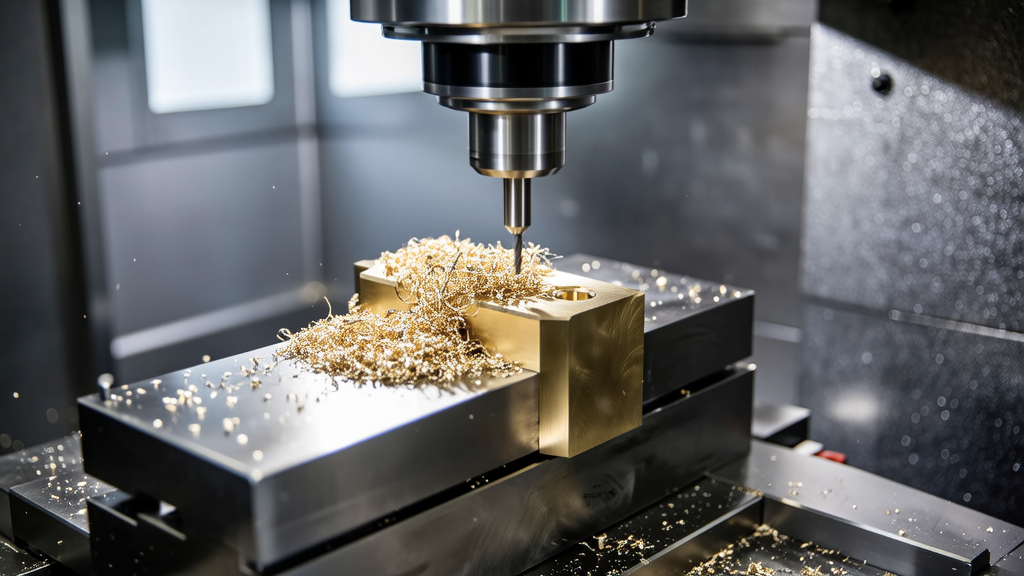First up, you need to consider the materials. Stainless steel is a common choice for CNC machining in medical devices because of its strength, corrosion resistance, and biocompatibility. The challenge here is that specifications can vary depending on the application—for implants versus surgical tools, for example. It’s vital to get your material selections spot-on. I recommend you always verify with standards like ASTM or ISO before proceeding.
The next consideration is the design and engineering of the parts. Medical devices often require intricate designs with tight tolerances. Many companies utilize CAD software to visualize and refine these designs before machining begins. Based on my experience, collaborating with engineers early in the design process can help spot potential issues and ensure the final product adheres to needed specifications. It pays to involve machining experts at this stage so that the designs are not only feasible but also optimized for manufacturing.
When it comes to actual machining processes, achieving the requisite tolerances is paramount. For medical devices, tolerances typically need to be within +/
Documentation plays a critical role, too. Every aspect of the machining process—from material certifications to machining parameters—needs to be documented thoroughly. This not only ensures traceability but also meets regulatory requirements. I suggest using a centralized system for all documentation to make compliance audits easier down the line.
Finally, downtime can be an enemy. Quick turnaround times are often demanded in the medical industry, so it’s essential to choose a CNC machining partner who is reliable and has a proven track record in meeting deadlines without compromising quality.

In summary, when looking for CNC machining services for medical devices, focus on material selection, design optimization, precision tolerances, documentation, and the reliability of your partner. Making informed choices in these areas can significantly impact the success of your medical device projects.
CNC Machining Key Requirements for Medical Devices
| Requirement | Description | Standards |
|---|---|---|
| Material Selection | Stainless steel for durability and biocompatibility. | ASTM, ISO |
| Precision Tolerances | Typically within +/ | ISO 2768 |
| Quality Control | Meticulous quality checks to ensure compliance. | FDA regulations |
What materials are commonly used in CNC machining for medical devices?
Stainless steel is the go-to material for CNC machining in medical devices due to its strength and biocompatibility. It offers excellent corrosion resistance, making it ideal for surgical tools and implants.
However, the specifications can differ based on the application. For instance, materials chosen for implants may need to meet more stringent standards than those for non-invasive surgical tools.
What level of precision is required for CNC machining medical devices?
Precision is critical in the medical device industry. Typically, you will see tolerances required to be within +/

If machined parts don’t meet these tolerances, it could result in device malfunction, which could jeopardize patient safety.
How important is documentation in the CNC machining process for medical devices?
Documentation is absolutely crucial in this field. Every step of the machining process should be well-documented, from material certificates to machining parameters. This adherence to documentation ensures traceability and meets regulatory scrutiny.
Failing to maintain detailed records could lead to serious consequences, including compliance fines and product recalls, which are not only costly but can also damage your company’s reputation.
What role does quality control play in machining medical devices?
Quality control is a vital aspect of the manufacturing process. A thorough quality assurance process helps ensure that each batch of parts meets the necessary regulatory requirements and specifications.
By implementing strong quality control measures, manufacturers can significantly reduce the risk of defects that could lead to potential recalls in the medical industry.
How can I verify the machining partner’s capabilities in the medical device sector?
It’s important to choose a machining partner with a strong track record in the medical device industry. Look for certifications and past project experiences that demonstrate their capability to meet stringent industry standards.
Additionally, asking for references and case studies can provide insight into how they handle projects, especially those that require tight tolerances and strict compliance with regulations.








